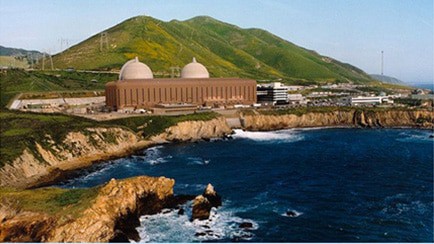Gas Interests Opposing U.S. Nuke Industry’s State-by-State Strategy
The nuclear industry’s strategy of working in individual U.S. states to obtain support for financially stressed plants has stalled. Despite successfully implemented efforts in New York and Illinois to provide assistance that is narrowly targeted at a handful of especially vulnerable units, no other state has been able to get a support measure out of…

